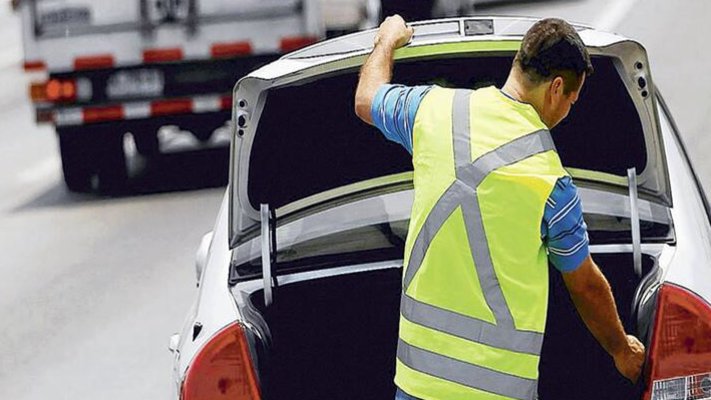This article increases the visibility of a pedestrian on roads by 85 meters.
The size of the reflective vest takes five days of operation and it has brought more than one controversy. However, the objective of the decree is to give security to drivers who get off the vehicle for an emergency and so those who go on the highway have visibility of the pedestrian.
The European Club of Motorists of Chile (CEA) explains that without the reflective vest, the braking distance is greater than the visibility distance of the pedestrian. Thus, at 120 km / h and at 200 meters from the stopped vehicle, the braking distance is 113 meters, but still without seeing anything concrete. According to CEA, one would have to wait to approach 100 meters to see the signaling triangle and 15 meters from the vehicle to distinguish its driver, which is an imminent risk if driving, for example, at 50 km / h and 27 meters are needed to brake.
On the contrary, if the pedestrian wears a safety vest, when the car in motion is 100 meters away from the stopped one, it is already possible to distinguish the reflectance of the vest, with the consequent decrease in speed of the person approaching. At 50 meters, the pedestrian is already perfectly visualized and there is the time to reduce the speed to 50 km / h, so that the braking distance also decreases to 27 meters, enough space to avoid being run over.
Currently, the reflective vest is mandatory in Austria, Belgium, Bulgaria, France, Italy, Norway, Spain, and Sweden. In Spain, for example, the use of these high visibility vests has been mandatory since 2004, a measure that has served to reduce the number of road victims. “Since the measure was decreed in Spain, the number of deaths has decreased by 50%, a figure that demonstrates the high value of this measure,” said Javier León, General Manager of the European Club of Motorists of Chile.
